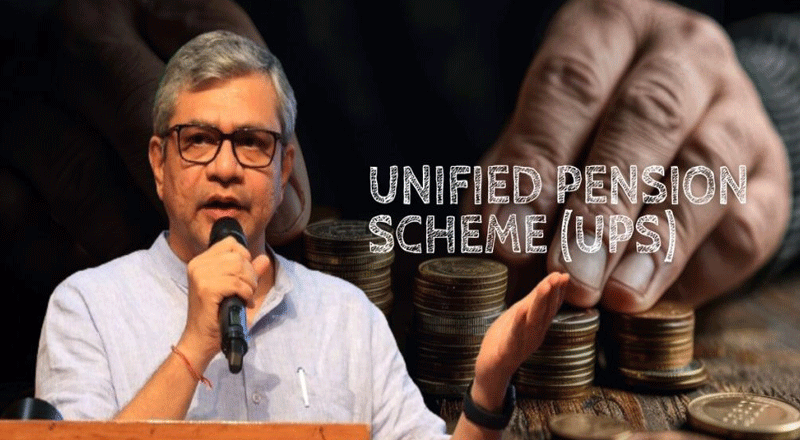Transition Under Fire
Iran’s succession planning for its Supreme Leader, Ayatollah Ali Khamenei, has entered its most critical phase in decades. Against a backdrop of Israeli airstrikes, U.S. threats, and internal instability, senior Iranian clerics are rapidly advancing discussions on who could take the reins of the Islamic Republic. Khamenei, now 86 and reportedly in hiding with his family, is under direct threat of assassination. His absence, or potential death, could trigger a dramatic shift in Iran’s political order — one that may determine whether the current regime survives in its present form.
Insiders confirm that the previously slow-moving succession plan, led by a special three-man committee appointed by Khamenei himself, has picked up pace. With growing uncertainty and military losses mounting, two contenders have emerged: Mojtaba Khamenei, the Supreme Leader’s son and a hardliner; and Hassan Khomeini, the reform-leaning grandson of the Islamic Republic’s founder.
Khamenei’s Disappearance and the Urgency for Stability
Following the latest wave of Israeli and U.S. strikes, including hits on Iran’s nuclear infrastructure, Ayatollah Khamenei and his immediate family have gone into hiding under the protection of the elite Vali-ye Amr unit of the Revolutionary Guards. U.S. President Donald Trump’s recent post — claiming "We know exactly where the Supreme Leader is hiding" — has only added urgency to Iran’s leadership crisis. Iranian leadership insiders indicate that in the event of Khamenei’s death, the regime will move swiftly to name a successor in order to present a façade of continuity and deter opportunistic uprisings.
The Leading Contenders: Continuity vs. Change
The two dominant names in succession talks represent starkly different futures for Iran.
Mojtaba Khamenei, aged 56, has long been seen as the heir apparent due to his deep connections with the Revolutionary Guards and clerical elite. A hardliner who mirrors his father’s stance on governance, opposition, and foreign policy, Mojtaba’s potential succession raises concerns about a deepening authoritarian trajectory and potential dynastic rule — a move that could alienate much of the Iranian public.
On the other side stands Hassan Khomeini, 53, a cleric with reformist leanings and strong symbolic weight due to his grandfather Ayatollah Ruhollah Khomeini’s revolutionary legacy. Though once barred from political participation by hardliners, he has regained influence and is seen as someone who could unite moderate clerics, appease public unrest, and signal openness to the West.
Sources suggest Khomeini’s recent public message pledging loyalty to the Supreme Leader, just hours before U.S. bombings, was as much a signal of readiness to step into power as it was a patriotic gesture.
Systemic Challenges to Transition
Despite the intense discussions, there are substantial barriers to a smooth handover. Iran’s constitution tasks the Assembly of Experts — a body of 88 clerics — with naming the Supreme Leader. However, most members are selected through elections tightly controlled by Khamenei-loyalist vetting bodies. That skews the assembly toward conservatism and complicates the chances for a moderate like Hassan Khomeini.
Compounding the issue is the weakened state of the Revolutionary Guards following the targeted killings of several of its top commanders in Israeli strikes. The force, crucial in enforcing the Supreme Leader’s authority, now faces questions about its internal cohesion and ability to support any new leader effectively.
The pool of possible successors has also thinned. High-profile figures like Ebrahim Raisi and Mahmoud Hashemi Shahroudi have died in recent years. Others, like Sadegh Larijani and Alireza Arafi, have fallen out of favor or behind in the race.
A Nation at a Crossroads
If Mojtaba Khamenei ascends, it is likely to mark a continuation — or even intensification — of hardline policies both domestically and internationally. However, that path risks fueling greater unrest at home, especially amid worsening poverty, discontent, and isolation.
Conversely, Hassan Khomeini could offer a recalibration — not a revolution, but a subtle rebranding. Analysts say such a move could help the regime survive by reducing international pressure and restoring limited freedoms to Iranian citizens. Yet the entrenched clerical and military elites may not be ready to relinquish the iron grip that has defined Iran’s leadership for the past 30 years.
“There’s a deep divide between pragmatism and ideology,” notes Hossein Rassam, a London-based Iranian analyst. “Choosing Khomeini could buy time and goodwill. Choosing Mojtaba could consolidate power but risk implosion.”
The Future Is Uncertain, But the Stakes Are Historic
The looming leadership change in Iran is not merely a matter of individual succession. It is a moment of existential reckoning for the Islamic Republic. The decision will shape not just Iran’s future but also the geopolitical stability of the Middle East.
Whether Iran opts for continuity through Mojtaba or recalibration via Hassan Khomeini, the next Supreme Leader will inherit a nation fractured, cornered, and volatile. In the shadows of war, foreign threats, and internal unrest, one question remains: Can Iran’s regime evolve without collapsing — or will its next chapter be one of either reformation or rupture?
The world watches as the Islamic Republic balances on a knife’s edge.
(With agency inputs)



















